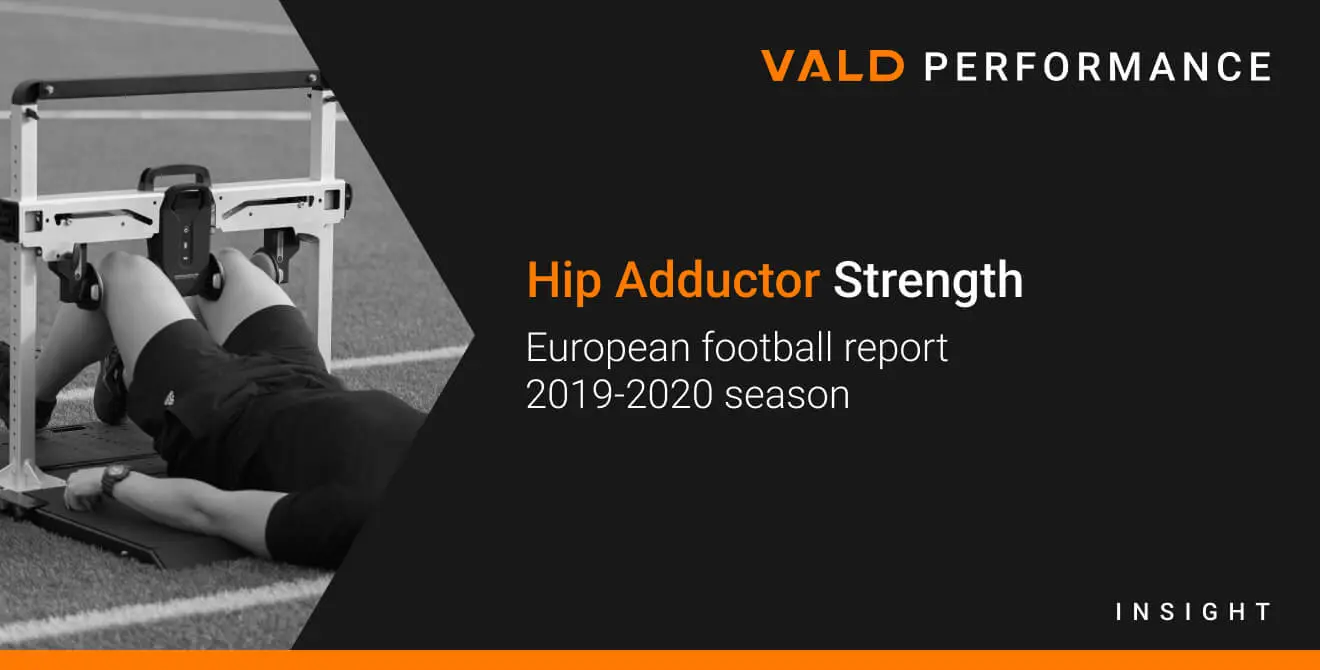European Football Report Season 2019-20: Hip Adductor Strength
Available in:
EN
The following graphs represent the distribution of results from over 8,900 hip adduction tests conducted on over 1,000 athletes using the ForceFrame Testing System during the 2019-20 EPL, ECL, and UEFA seasons.
Each figure plots the scores for hip adductor strength (x-axis) against normalised density (y-axis), where 1 (the maximum) indicates a more common testing score, and scores closer to 0 (the minimum) indicate a less common testing score. The median values and interquartile range (IQR) for each league are also highlighted.
The results relate to hip adduction assessed with hip flexion at 45 degrees. Not only is this the most common testing position on the ForceFrame across European Football, but a large body of research also indicates that this position has excellent reliability when assessing hip adductor strength.
Reductions in hip adductor strength have been shown to precede the onset of groin pain. Accordingly, Wollin et al. (2018) suggest that regular monitoring of hip adductor strength, alongside the use of other tools such as the hip and groin outcome score (HAGOS), is important in the early identification and management of hip and groin related injuries in elite football (soccer) athletes.

